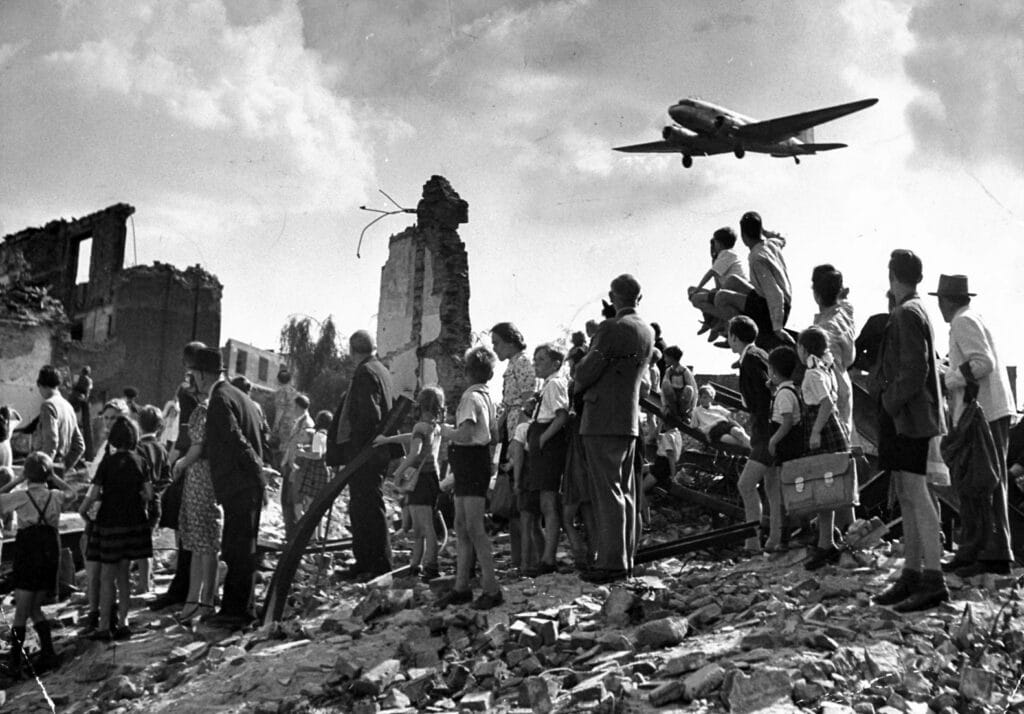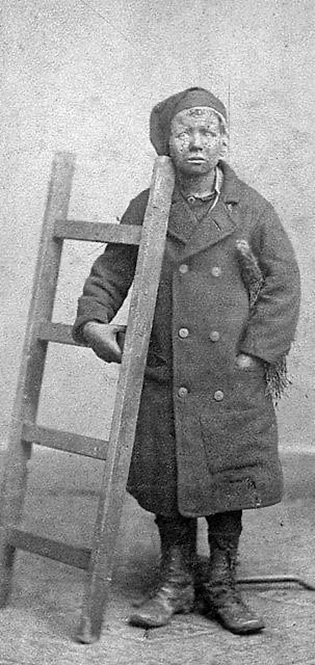
One of the pleasures of teaching English in secondary schools is the great choice of texts. The Leaving Cert choice is particularly eclectic and varies every two-year cycle. Those beginning their senior cycle this year could find themselves studying novels that explore the modern world we live in, like how far we can push science in the ‘interest of humanity’ in the book ‘Never Let Me Go’. There are some old-time classics such as ‘Wuthering Heights’ and ‘Frankenstein’. There are novels that have captured people’s hearts in recent times, such as the acclaimed ‘Where the Crawdads Sing’ by Delia Owens, and a book that has resulted in huge commercial success for Netflix, Margaret Atwood’s ‘The Handmaid’s Tale’. Great Irish writers from the contemporaneous Joseph O’Connor to the legendary Oscar Wilde can also be studied.
A play listed amongst Shakespearian timeless pieces or more recent populist drama is one I had never heard of – ‘Kindertransport’. I nearly ignored it given the wealth of choices. ‘Kindertransport’ was written by Diane Samuels, a Jewish woman, who was born in Britain in the 1960s. She was taught Jewish history and learned about the Holocaust; but the ‘Kindertransport’ remained an unused term – as if it didn’t exist. Simply put, the ‘Kindertransport’ were German Jewish children, approximately 10,000 of them, who in 1938 were sent by their families to Britain and other European countries. The aim was to protect them from the emerging discrimination against and repression of Jews. If only they had a crystal ball, perhaps more could have been saved before the Nazi machine began its mass arrest and extermination of Jews a short few months later. But then again, many countries across Europe in that era did not readily welcome Jews.
Samuel’s play explores the emotional suppression of the past and the weight carried by those who display what we now term ‘survivors’ guilt’. The play ultimately captures the generational damage such trauma can cause. In an interview Samuels spoke about coming face to face with some of these survivors. She observed that they displayed emotional paralysis with their own children, a feeling of abandonment that never lifted, and a detachment of who they once were, before the ‘Kindertransport’.
The revelations in this play highlighted another level of destruction inflicted upon the German people: in this case on their Jewish citizens. It is difficult to perceive, given Germany’s dominant presence now at the heart of the EU and its role as a world power, that 75 years ago it had been utterly destroyed. This makes it all the more incredible that Germany has risen like a phoenix out of the ashes.
So how did Germany manage to transgress much of the trauma, the physical annihilation of their land, the Nazification of their institutions, the exhaustion of their finances, as well as dealing with millions of displaced peoples and demobilised soldiers? While books on World War Two, Hitler, or the Holocaust, can fascinate us all, we rarely wonder how on earth Germany emerged from this rubble. It was a broken, dysfunctional society in 1945. It was divided and occupied by foreign forces, yet today it is considered one of the finest states in the world. Even as a kid, I used to wonder how did West Germany manage to win the World Cup in Switzerland, just nine years after World War II ended? (Interestingly, two former Nazi soldiers played on that team). Three years later in 1957, West Germany was central to the formation of the EEC along with five other countries. This has developed into the EU, single market and travel free zone we enjoy today.
Harald Jahner’s book ‘Aftermath – Life in the Fallout of the Third Reich 1945-55’ sheds light on how this miracle was achieved. Though I found the writing somewhat clunky and tautological in places, the history was fascinating. The meteoric rise of the Nazi party was remarkable. After achieving power in 1933, over the next six years they utterly transformed a nation into one that supported their philosophies and policies. Some of this falling into line was due to conditions that favoured the cult of a strong leader like Hitler: massive unemployment, disillusionment with democracy, the vicious financial constraints due to the reparations they had to pay for their part in WWI. Add in the devastation of the 1929 Wall Street Crash and you have a people craving for better times and old glories. While the Nazis had their supporters, they still faced a huge, covert opposition. The trouble was that this opposition were bound by fear to toe the line. The Nazis dismantled the political class, unions and communism. They played on the anti-Semite tradition (which historically was stronger in other European countries such as France up to that point). They rewarded loyal Nazis, elevating them to positions of power, and purged dissidents from state jobs. They reinvented the education system to rewire the youth. Somewhat like Trump’s use of twitter to gain popular support in the 21st century political arena, the Nazis used film, the new technology of the 1930s, to hypnotise a population.
How do you untangle all this? Harald Jahner does a good job. When we think of Germany rebuilding after the war, we can forget about the damage. There was so much rubble in Berlin after the Allies razed it to the ground, that it took 22 years and 800 lorries a day to clear it. Dresden, whose destruction was nothing short of a war crime, took 35 years to clear. Jahner writes of a communal togetherness. He shows a people that, instead of falling into despair, bonded together as a community to begin the long arduous road to recovery. In this atmosphere of sharing, co-operation and hard work, the first seeds of the new Germany germinated. It wasn’t just men carrying the load. The Trummerfrauen or ‘rubble women’ were particularly numerous in Berlin; up to 26,000 women worked in the clearing.
There is another harrowing fact that often is forgotten. Germany, in a short space of time, was engulfed in millions of demobilised and perished soldiers, millions of displaced people who had migrated from the Soviet-controlled east Germany and hundreds of thousands of former forced labourers, taken from countries to work in farms and factories in Germany. Where could they go? And even if they had a home left, how could they get there given how the roads and trains were in ruins? Simply put, the impoverished Germans who still had ‘something’ were made to contribute half of what they owned by their government, so those who had ‘nothing’ could survive. This type of socialism, and compulsory redistribution of wealth, may have been unpopular, but it paved the way, in the long run, to creating a more equitable society for all. Imagine Irish people being asked to give up the value of half their house to solve the housing crisis? What the Germans did was remarkable.
Society also had to be de-Nazified. As well as ridding the system of an evil ideology, one could not reward those who had been loyal to Hitler, at a cost to German society. Jahner claims that in Bavaria, 64 per cent of officials and 46 per cent of clerks who had been Nazis were dismissed. It’s true to say that many Germans joined the Nazi party out of fear, coercion, or just survival, and therefore were not ideological Nazis. Thus some did retain their jobs in the absence of qualified replacements. The Soviets in the east took it further, giving an amnesty to ordinary men and women who were Nazi Party members, believing they had been manipulated by their state. The communist philosophy of a classless society allowed them to believe in the conviction of human goodness, ‘even amongst Germans’. Strange as it may seem, initially the Americans were a lot less forgiving, believing the Germans to be a ‘militaristic, authoritarian and hard-hearted character’. Yet it was the American presence that liberated the minds of many Germans. As an occupying force, not only did they spend their wages within the broken economy but the American music, dance, and films of the soldiers helped young Germans beat the gloom and reach for more.
Despite the economic miracle that would reinvigorate the German economy; despite the buoyed population that strove to work together and share together, for betterment of society; despite the marvels of sport unifying the Germans in the 1954 World Cup – one issue was buried by this generation: The guilt about their former Jewish neighbours. There was shame, yet also repression. Finger-pointing at Hitler, yet no dialogue with each other. Just like the blackout of the Kindertransport who left in 1938, a veil of silence fell over the new German Republic. It wasn’t until the 1960s and 1970s when their sons and daughters started asking questions, that those issues began to be spoken about. However, as Diane Samuel’s play shows…sometimes the trauma is never dealt with.


